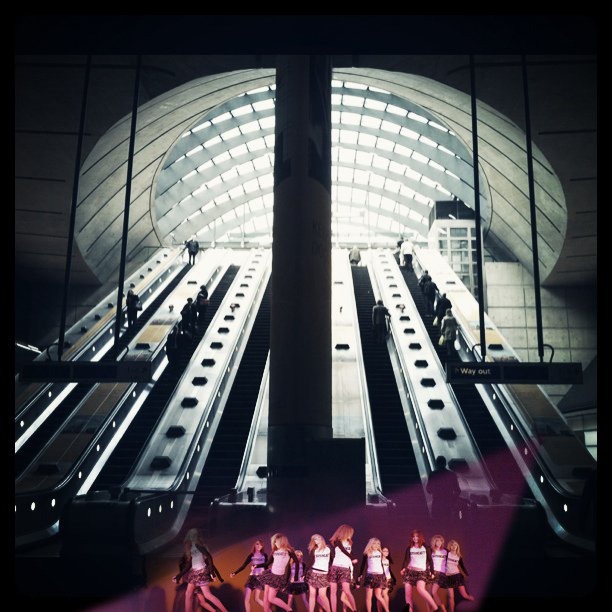
The most important avenue in Greenwich Park, because it is grass, not tarmac, and because it has so many ancient chestnuts, is blocked by a Royal Bin Store for the cafe (above left - also note the design of the picnic tables, and sigh). When the bin store is removed the view on the right will be revealed. Queen Elizabeth I was born in 1533 in the palace of Placentia, in Greenwich, and learned to ride a horse in the park (not in this avenue, which was not planted until 1660-1, possibly on the recommendation of John Evelyn).
The candidates for ‘oldest avenue of trees in England’ include:
- The yew trees in Westbourne said to have been planted in 1544.
- The Bucklebury Oaks, also known as The Queens’ Avenues, which may have been planted to commemorate a visit by Queen Elizabeth I as well as a later visit by Queen Anne
- Joris Hoefnagel’s drawing of Nonsuch Palace makes it look as though a line of trees leads to the entrance and there was a similar feature is shown on reconstructions of the Palace of Beaulieu
But the ‘correct’ answer depends in the interpretation of the question:
- the processional route at Stonehenge is often described as an avenue and probably passed through trees for some or all of its length. Other stone circles (eg Callanish) also had what are assumed to be processional routes, as did Egyptian and Mesopotamian temples
- the word ‘avenue’ (from the French avenir) was not used in English until the mid-seventeenth century. A similar feature made before this date would probably have been called an alley (from the French aller)
So on a strict interpretation of the word ‘avenue’, the oldest avenue in England may be in Greenwich Park. The chestnut trees, which survive, were planted c1660 and John Evelyn, who is recorded in the OED as the first English author to use the word ‘avenue’, may have advised on the layout. He had an avenue, which does not survive, in his nearby garden (at Sayes Court in Deptford). The best-looking avenue of old trees in Greenwich Park runs north from a point near the intersection of the Great Cross Avenue with Blackheath Avenue. The view along this avenue was blocked a few years ago by the erection of a ‘hit-and-miss’ fence round an outdoor rubbish dump for the park cafe. It makes one think that the Royal Parks, who manage Greenwich, either have no knowledge of garden history or no interest in garden history. So one does not know whether to conclude ‘forgive them, Oh Lord, for they know not what they do’ or whether to conclude ‘forgive them, Oh Lord, for they know exactly what they do’. But I regard the positioning of this rubbish dump as unforgivable. When an airplane crashes, an accident investigation team is established. There is a need for a similar investigation of the Royal Parks Agency. The Commission of Enquiry should have plenipotentary powers to call for papers, to summon witnesses, to take evidence under oath and to make binding recommendations, if necessary for the future involvement of expert garden historians and landscape architects in decision making for the Royal Parks. How many managers of Royal Parks have qualifications in garden history? Are there any qualified garden historians on the agency’s payroll? Several excellent landscape architecture firms have given advice on Greenwich Park but, so far as I know, no trained designers or historians have had a role in the Greenwich Park management hierarchy. And it shows. Greenwich Park is to be closed for a month in 2012 for the Olympic Equestrian Events. Wouldn’t it be wonderful if the rubbish dump were removed as part of the Olympic legacy to Greenwich Park?




